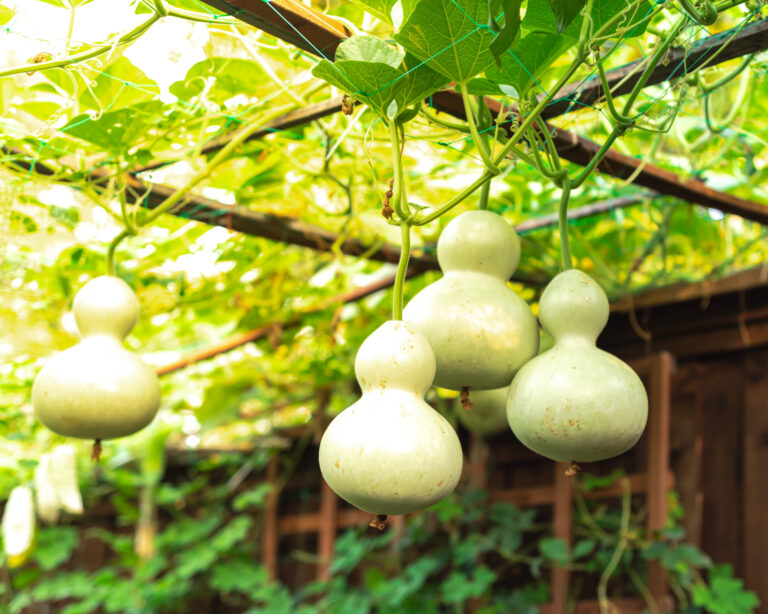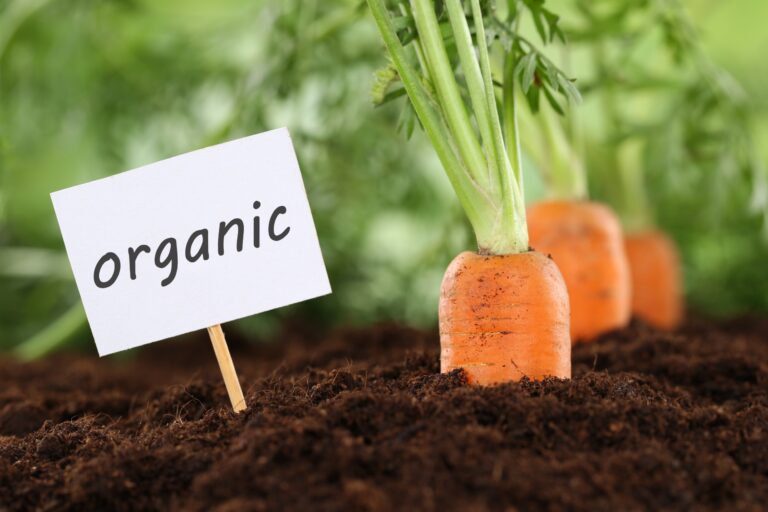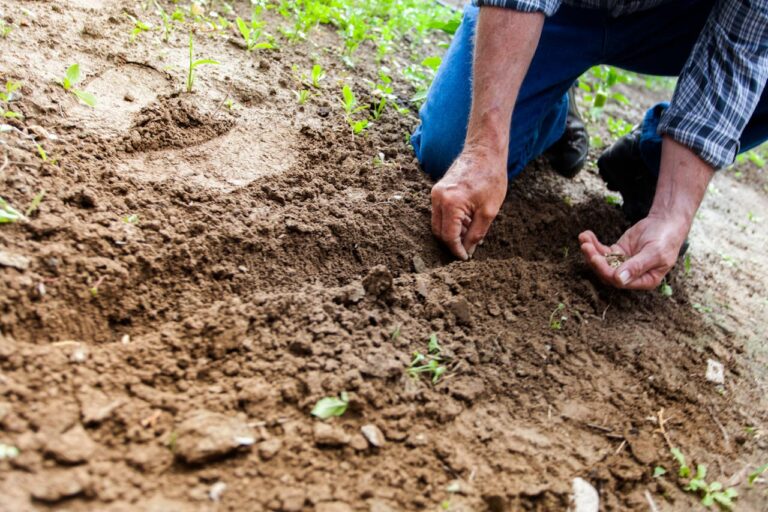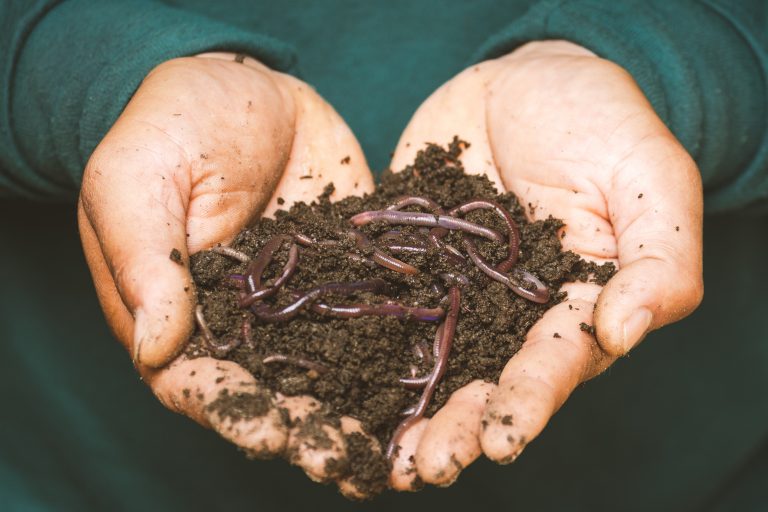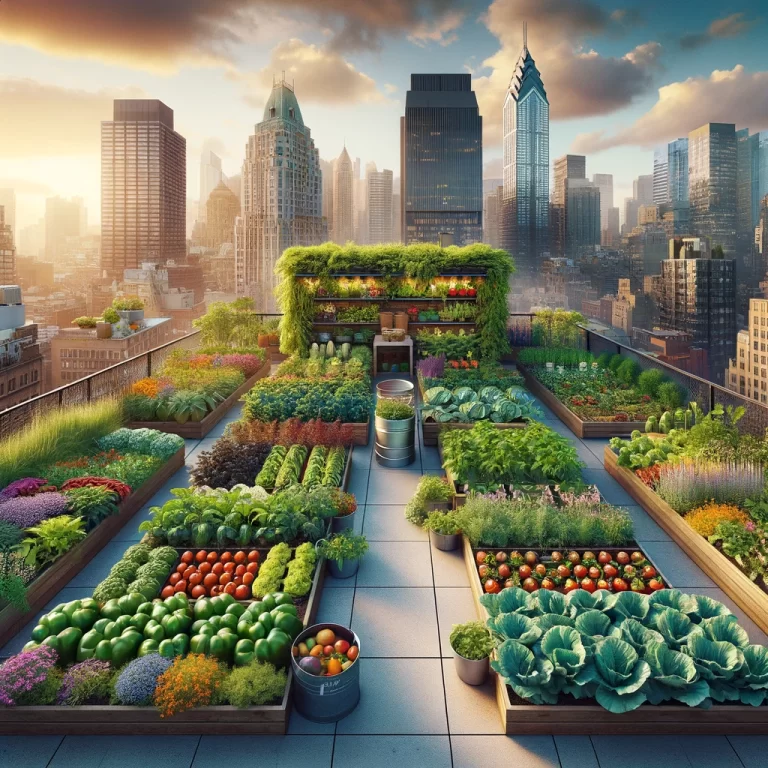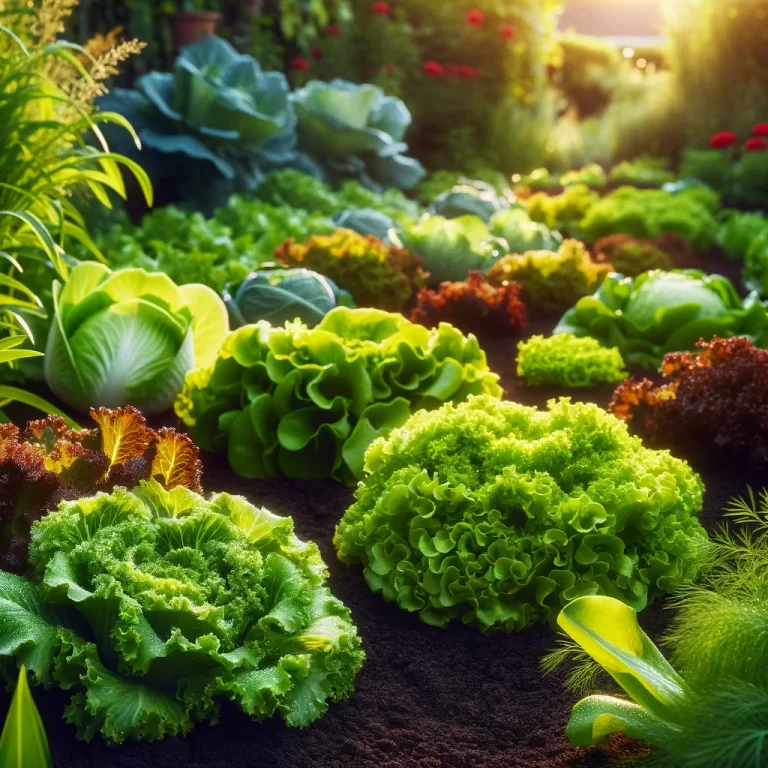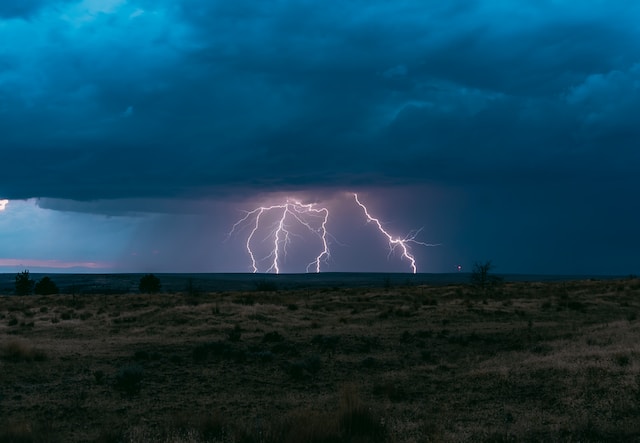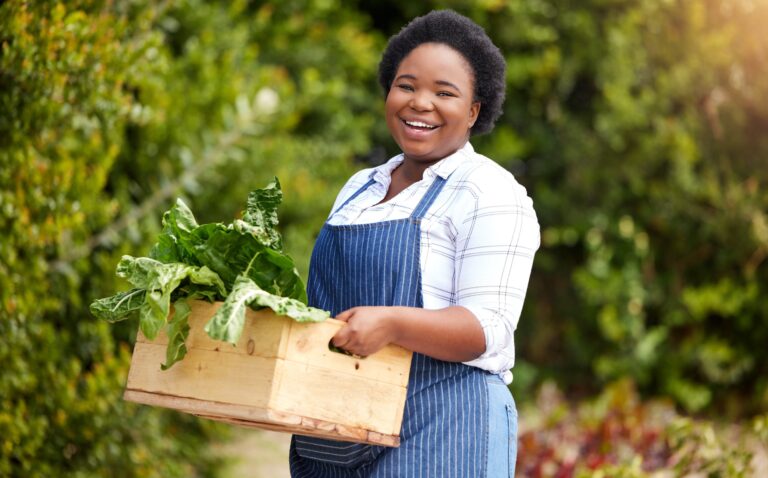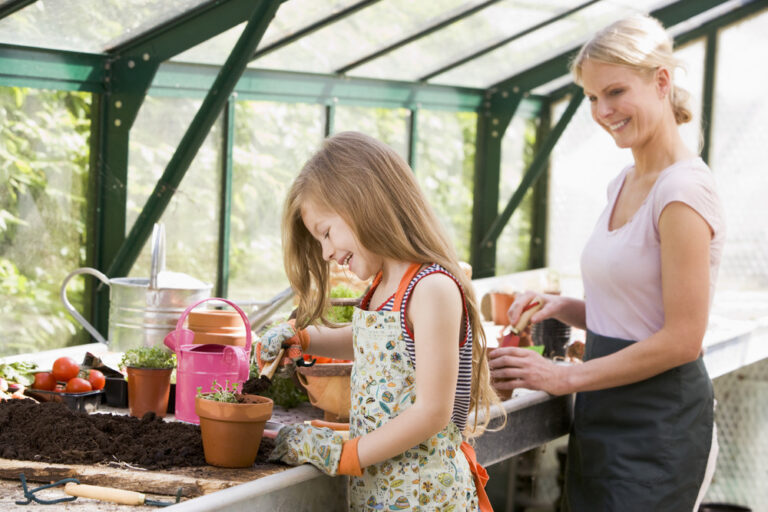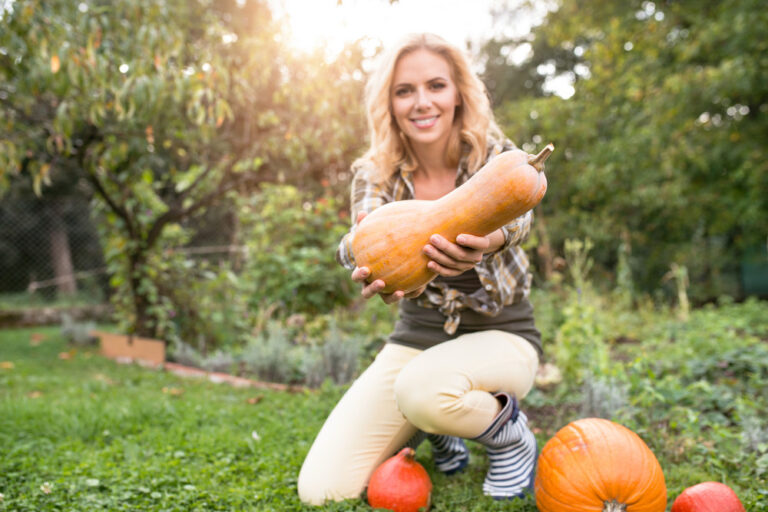Growing squash is a great idea. There are many great squash varieties to feed your family. However, you want to plan ahead when growing squash. If you don’t, then this plant can take over your entire garden. In particular, you’ll want to train your squash to grow on a trellis. Here are some great…
gardening methods
Enhance Your Garden Naturally with These Top 5 Organic Fertilizers
In an era where sustainability and organic living are more than just trends – they’re a lifestyle – the demand for natural garden care solutions is on the rise. For those with a green thumb, turning to organic fertilizers is a step towards nurturing your garden in harmony with nature. These fertilizers not only enrich…
11 DIY Gardening Projects for Older Gardeners
Gardening isn’t just for the young – it’s a fun activity that can work for everyone, regardless of age. For those of us who’ve seen a few more seasons, bending down to tend to our floral friends might not be as easy as it used to be. Fear not! We’ve dug up 11 gardening projects…
4 Cost-Effective Organic Garden Fertilizers
Regardless of what you’re growing, your plants need nutrients. Without fertilizer, your plants will fail to thrive and grow big and strong. In the case of edibles, a lack of nutrients can limit your crop and lead to poor production. Unfortunately, many fertilizers on the market are expensive. Thankfully there are cost-effective organic fertilizers…
The Green Gold Rush: Uncovering the Lucrative Secrets of Urban Gardening
In the heart of our concrete jungles, a green revolution is unfolding. Urban gardening, once a mere hobby for city dwellers, has transformed into a burgeoning movement with the potential to reshape our communities and economies. Dubbed the “Green Gold Rush,” this trend is not only beautifying our urban landscapes but also revealing a plethora…
Lettuce – Key Growing and Transplanting Information
Lettuce is a staple in salads and sandwiches, and its popularity continues to rise as people seek healthy, fresh, and locally sourced food options. With an increasing interest in home gardening and sustainable agriculture, understanding the nuances of growing lettuce, when to transplant lettuce seedlings, and more are potentially critical. Here’s an overview of the…
Electroculture Gardening: Innovative Techniques for Enhancing Plant Growth
I don’t know exactly what I thought of upon hearing the term “electroculture gardening.” Nevertheless, it excited me. It has hints of raves and EDM, parties in deserts and forests, and a celebration of nature as culture. It’s something more technological – the application of electricity to create plant growth. It’s an interesting thing to…
Low Maintenance Plants to Jumpstart Your Gardening Journey
Low-maintenance plants and gardens are great ways to start your gardening journey. Some plants can produce tons of food with minimal effort from you, especially if you set your garden up to be low-effort from the beginning. First, I will explain how to set up a low-effort garden, and then I will give you some…
Surprising Benefits of Growing Your Own Food
There’s no doubt about the benefits of starting a garden. It’s a hobby that can help you improve many areas of your life. Here are some little-known benefits of growing your own food that could inspire you to start doing so if you haven’t already. Gardening Counts as Exercise Many people know that exercising on…
Maintaining a Garden to Keep Your Indoors and Outdoors Clean
Gardening gives your home the required curb appeal and does wonder for your well-being. Physical exercise keeps blood pressure in check and contributes to a healthy weight, and interactions with flora improve your mental health and mood. Below is a list of ways to maintain your garden. Watering Watering the plants is crucial and…
